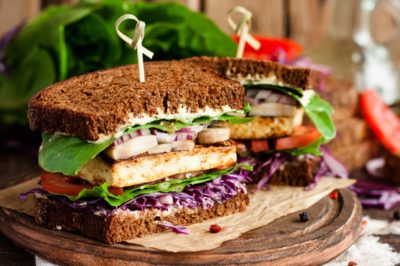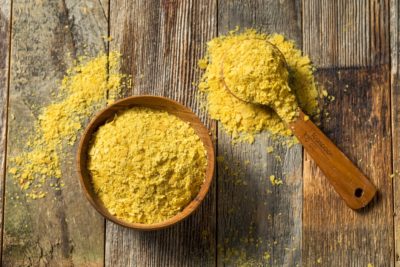What are the best vegan sources of vitamin D and why is it so important? We share some tips below.

The long winter months and spending less time outdoors means many of us are not getting sufficient vitamin D.
Vitamin D is essential for keeping bones, muscles and teeth healthy, and may also play a part in regulating mood and sleep. There is also some evidence that it can reduce the severity of respiratory infections.
However, a 2020 study published in the journal Clinical Nutrition found “alarmingly high” vitamin D deficiency in the UK, with the incidence increasing in people with darker skin. Says the study’s lead author, Joshua Sutherland: “The reason that people with darker skin are more at risk is because higher levels of melanin, which increases skin pigmentation, can lessen the skin’s ability to make vitamin D. But this, combined with spending more time indoors and consuming lower vitamin D-containing foods, can foster severe deficiency.”
Other people more at risk include people who do not spend time outdoors and young children.
in the summertime
From about late March until the end of September, the majority of people should be able to make all the vitamin D they need from sunlight on their skin. For most Caucasians under the age of 60, being outside for fifteen minutes each day through spring, summer and autumn will be sufficient, while people who have darker skin or who are older may require thirty minutes or more.
We need to be outside towards the middle of the day with our forearms and faces uncovered, and not to wear sunblock. If this is not realistic, we should to look to our diets to get vitamin D, even in summer.
Vegan sources of vitamin d
For vegans, mushrooms are probably the best source and can provide a substantial amount of our daily requirements. Otherwise, we need to consider foods that have been fortified.
Since vitamin D deficiency is all too common across the population, regardless of diet, some foods are already fortified, including breakfast cereals, plant milks and yoghurts.
More recently a campaign has been launched to have flour fortified with vitamin D (it is already fortified with other vitamins) and this could reduce deficiency rates in the future.



